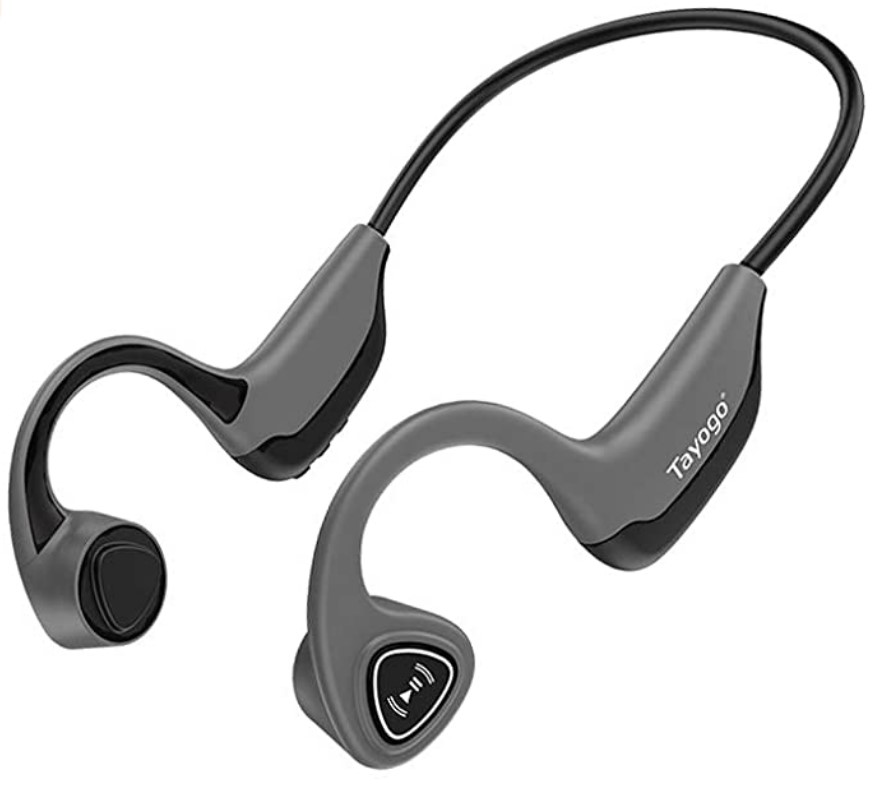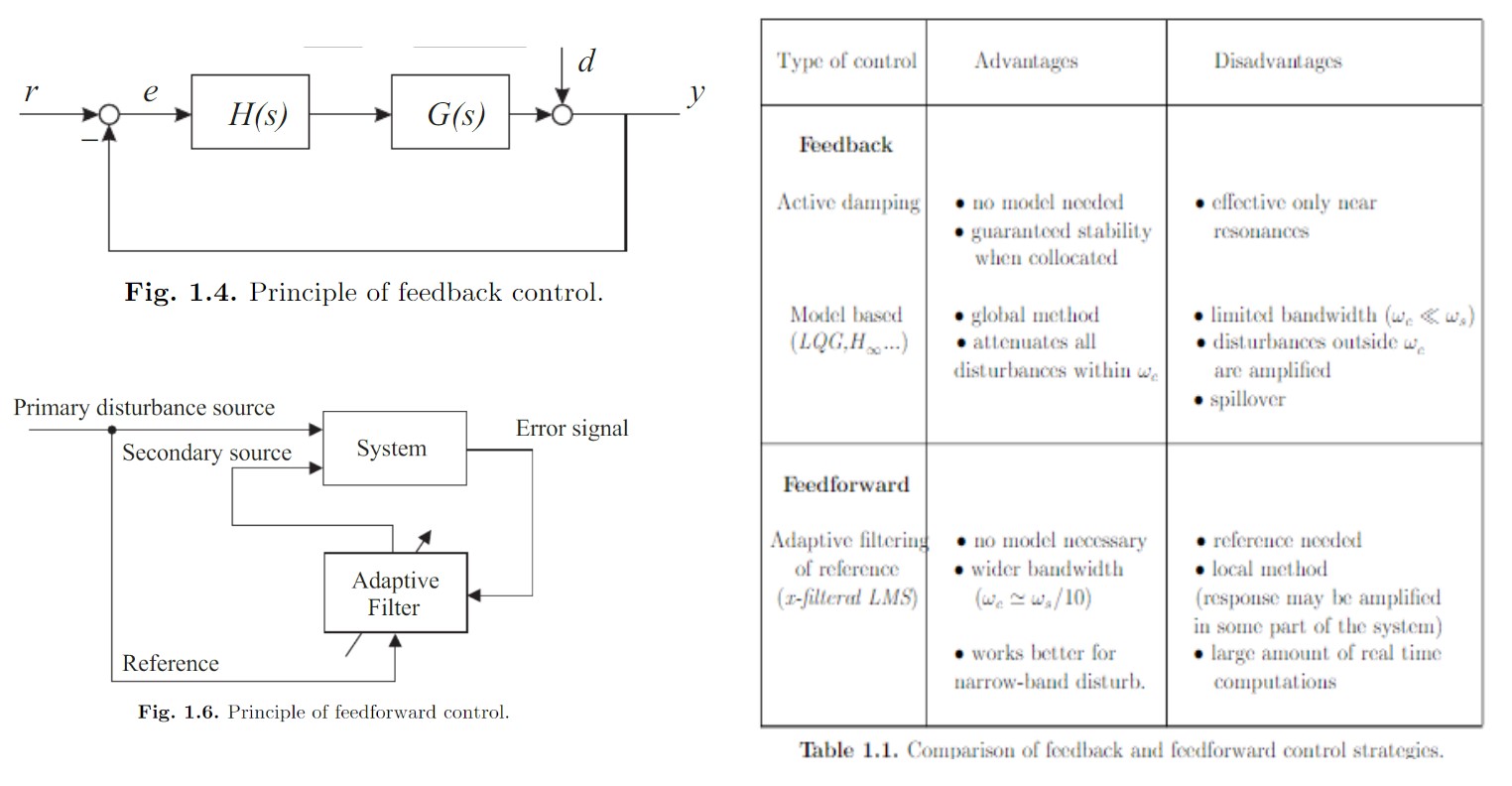Resources¶
This resources page is a list of relevant projects, research papers, and resources I have found, along with my notes and takeaways.
Bluetooth bone conduction headphones are ubiquitous and easily purchased “off-the”shelf”. Here is a brief explanation of the technology. Some such as the Govision Vibez claim to be “Noise Canceling” but upon further inspection, they are referring to noise-canceling microphones for phone calls. Traditional canceling of ambient sounds for the user would be somewhat counterproductive, since open-ear is a selling point for the technology. I own and will be using the [Tayogo brand](Amazon for my experiments.

Relevant Research¶
The US Army Research Lab (ARL) has put together a convenient resource that summarizes the body of research going into Bone Conducting Communication, titled “Bone Conduction Communication: Research Progress and Directions”. Better yet, the lead author is from the NC A&T. State University, so it may be worth getting in touch after I read the report. Here it is:
Takeaways from this report:
- Loud noises in a user’s ambient environment can travel through the air and into the user’s skull to reach the inner-ear. As such, traditional noise-cancelation headphones are not always able to completely cancel out disturbances in extreme circumstances such as inside a military aircraft
- The pathways that bone-conducting signals take to the inner ear are not fully understood as of 2015.
- The research mentions the solid section of the head just in front of the ear has been found to be the ideal position for transmission. The Tayogo pair I own has been designed accordingly.
This study out of London is more than relevant. They are going after the same application. This told me the answer I was looking for which is “what frequency do dental drills run at” but also so much more.
- This study used a combination of Passive Filtering (PF) and Active Filtering (AF)
- This study mentioned that Active Noise Control (ANC) of high frequencies is computationally difficult due to processing speeds. However, this study is 14 years old. Processors have since 10x’ed in transistor count thanks to good old Moore’s
- It appears my method of using bone conduction (BC) earphones, would require ANC since they do not occlude the ear canal
Previous maker projects¶
Analog Noise Cancelling Headphones Instructables Project. This team built a good MVP ANC project with pure analog circuitry. This will be a good reference going forward.
DIY Active Noise Canceling Headphone. Unfortunately this project was abandoned but interesting nonetheless.
Info found on the Web¶
- “Periodic sounds, even complex ones, are easier to cancel than random sounds due to the repetition in the wave form”. This bodes well for my project.
- It clarifies between 1-dimensional vs. 3-dimensional ANC. 1D relating to headphones and stationary observer and 3D relating to speakers and an open space. My project falls into the former category, which is computationally and logistically simpler. It also mentions High frequency sounds above 1000 Hz tend to cancel and reinforce unpredictably from many directions with regards to 3D ANC.
A lot of good info here Unfortunately, it sounds like Active Noise Cancelation for bands above 1 kHz is still an area of research. Its worth noting that this is often discussed in the context of speech. As such, many are conflating the ideas that sporadic noise and high pitch noise are difficult to cancel. While both may be true, I wonder about consistent high frequency noise such as dental drill sounds (2 - 6 kHz)
Wikipedia on Active Vibration Control AVC
- Distinguishes between feedback loop and feedforward loop for active cancelation of vibrations. See below chart.
